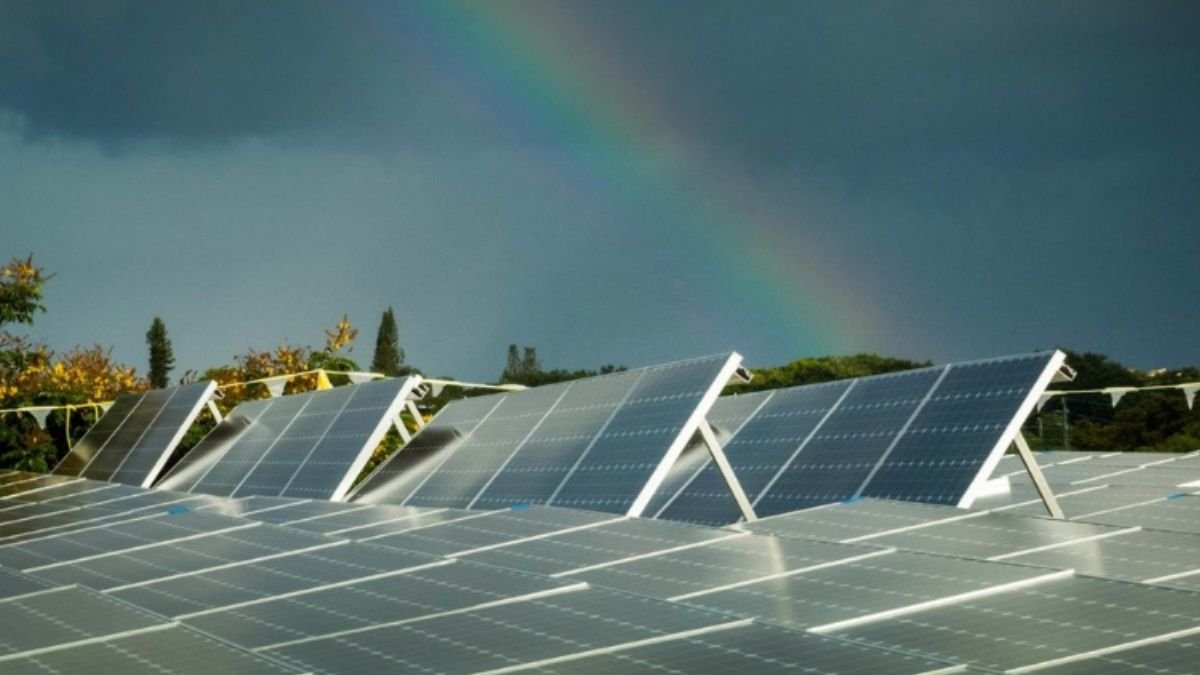India’s solar power potential has a major foe: Air pollution

Atmospheric pollution is proving to be a bane for India’s solar power generation target
India’s solar revolution has been a much touted phenomenon, and it had spurred a slew of innovations that aimed at harnessing the sun’s energy for practical daily use in homes and business establishments. However, it looks like the smooth push for solar has now hit a speed breaker.
The reason for the slowing down of the country’s solar potential is attributed to the manifold levels of air pollution over India’s landscape. This has brought the country to a point where the prospects of touching solar power generation target of 100 gigawatts in 2022 unattainable. Such has been rise in levels of atmospheric pollution.
Going by studies conducted by scientists at IIT Delhi, solar power generation is hindered by atmospheric pollution as the polluted air absorbs and scatters the sun's rays and by soiling solar panels. A report quoted the scientists as saying that India had lost 29 percent of its solar energy potential as a result of atmospheric pollution between 2001 and 2018. This calculates to an annual loss of $835 million.
Solar power capacity less than expected
The report quoted findings by research group Mercom India that said India had only reached the halfway mark of 50 gigawatts of installed solar capacity as of March this year. The presence of aerosols that comprise fine particulate matter, dust, mist and fumes suspended in the air has been causing a reduction in incoming solar radiation. This phenomenon, which scientist term 'atmospheric attenuation effect, is suggested as a must to be considered when large solar energy projects are undertaken.
Besides, the soiling effect of aerosols depositing on solar panels and in turn blocking solar radiation from reaching the photovoltaic cells could lead to the failure of large solar projects. The need of the hour is to consistently and significantly reduce air pollution so that maximizing the benefits from solar power installations are ensured.
It has also been found that particulate matter could lead to a drop in photovoltaic solar power generation by more than 50 percent in heavily polluted regions. This is the effect of soiling of panels. Aerosols in the air prove to be a hindrance to solar power generation as they are the cause for added cloudiness and delaying rain that could wash out the particles.
Reducing air pollution only way to achieve target
Further, it has also been found out by the scientific community that occurrences of acid rain could also lead to corrosion of solar equipment and support structures. Acid rain occurs owing to pollutants of the likes of sulphur dioxide and nitrogen oxide that are caused by industrial and vehicular emissions. When these pollutants in the atmosphere mix with water, oxygen and other chemicals, corrosive acid droplets are formed which fall down.
The best way to make solar power generation a viable and must-pursued area is to mitigate air pollution. The IIT Delhi study has suggested fixing of solar panels optimally tilted to take maximum advantage of solar radiation. This, they explain, could help in non-accumulation of aerosol deposits. Such measures could aid India in achieving its solar energy production targets.
https://www.digpu.com/india-news/solar-foe-pollution


Comments
Post a Comment